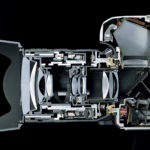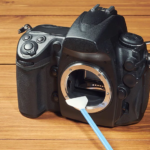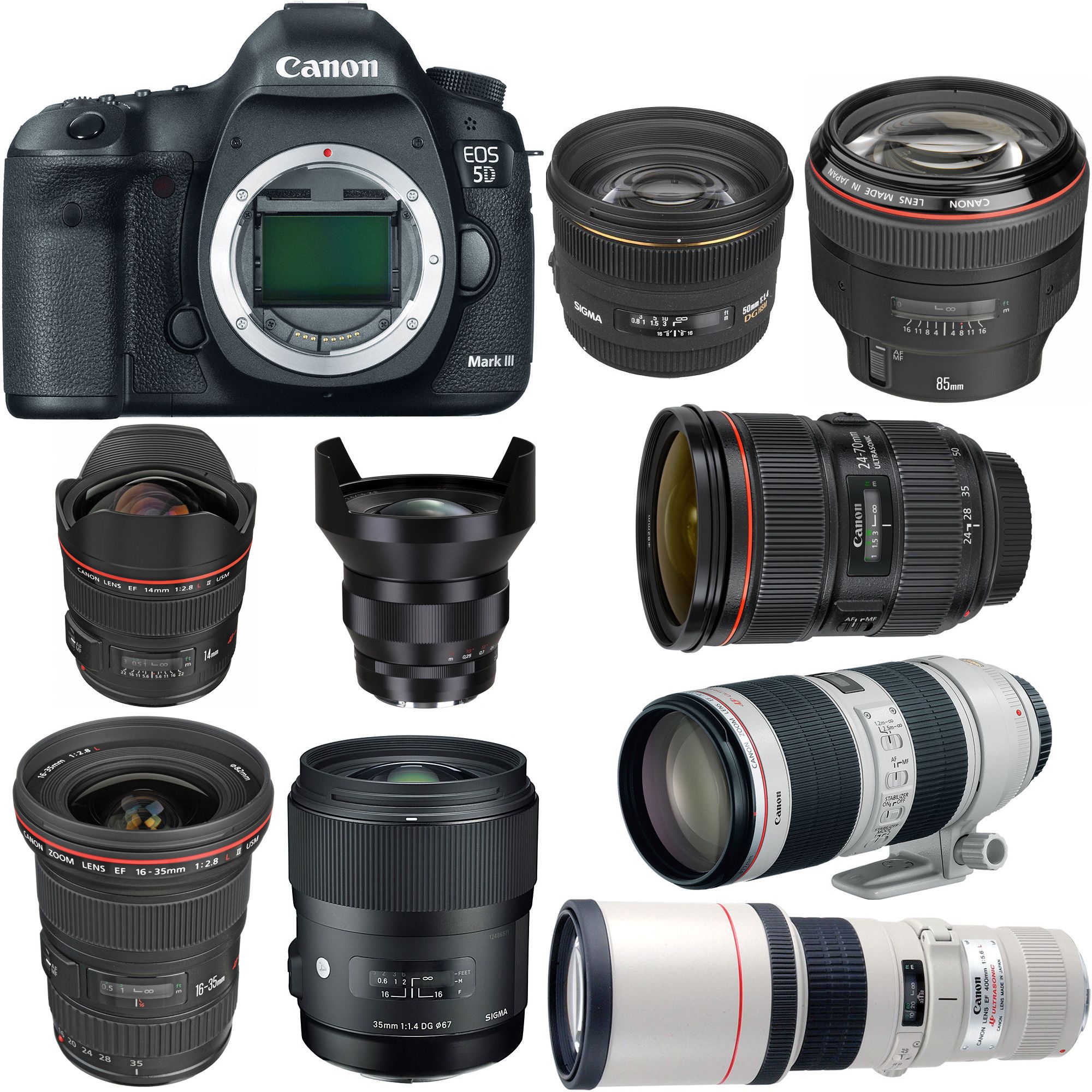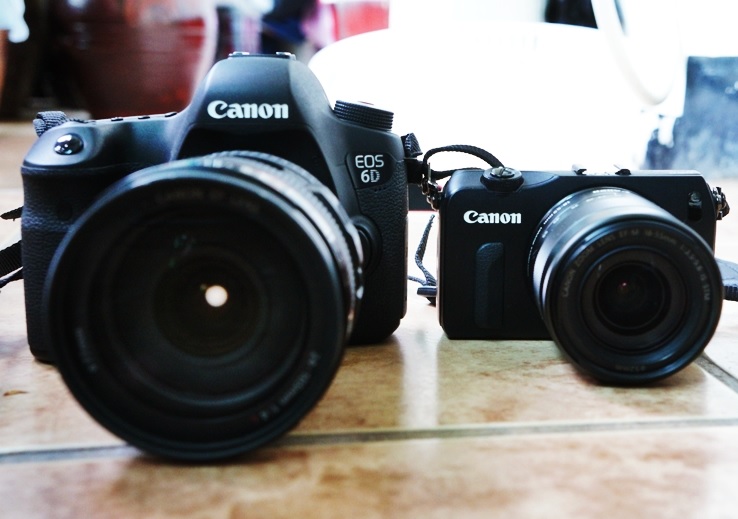What is a bayonet mount in a camera?
Bayonet is a multifunctional connection between camera and lens. But this knowledge alone is not enough to understand the variety of bayonet mount standards.
The content of the article
Device and functions
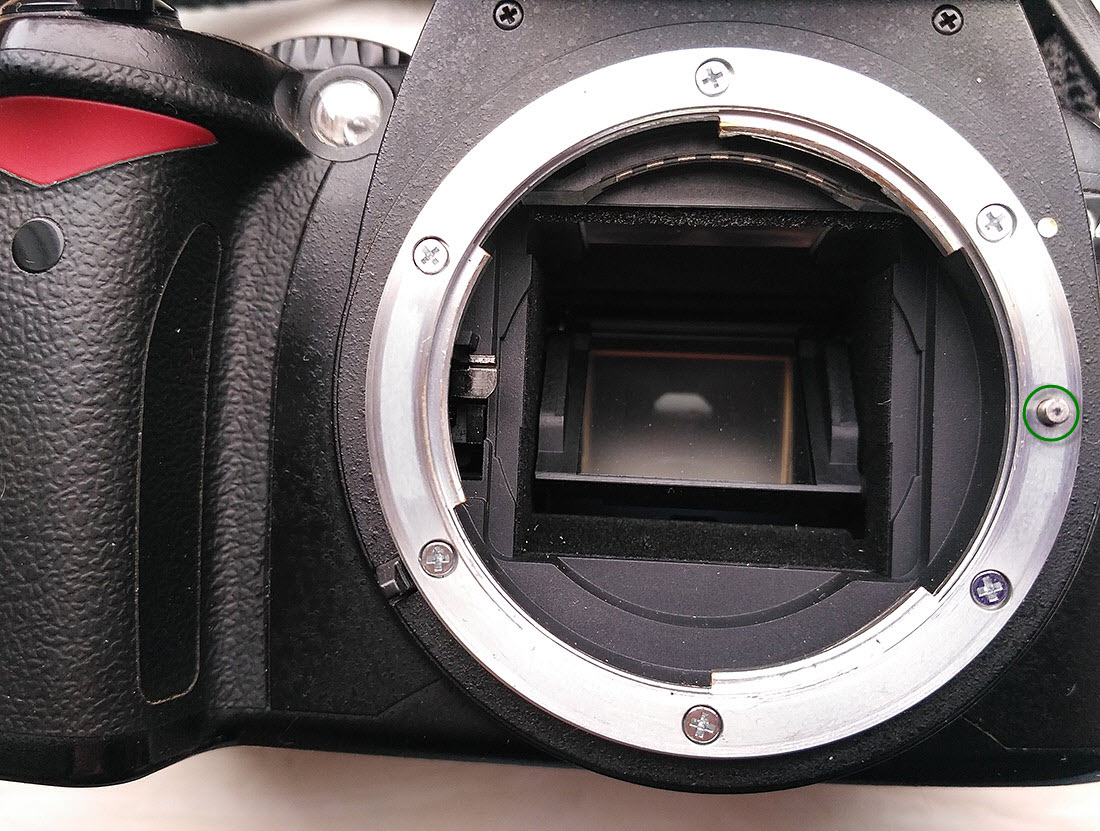
This node consists of two parts. The first is the rim with “petals” and contacts, the shank of the lens frame. Can be made of plastic (not durable) or metal.
The second part of the mount is a flange with grooves and contacts on the camera body. It can be mounted into the body, then the connection is made by turning the lens. Or it can be implemented in the form of a union nut with special slots, then to fix the optics you need to turn it.
Sometimes a short stroke thread can be used as a bayonet mount. But such a connection is now extremely rare, since it cannot guarantee a fixed position of the lens and requires a relatively large amount of time to replace the optics.
As for the functions of the bayonet, we can distinguish two main tasks:
- Mechanical reliable fixation of the lens on the camera body. In this case, the main attention is paid to ensuring that the light beam focused by the lenses enters the viewfinder and onto the matrix along the trajectory conceived by the engineers.
- Docking the electrical contacts of the camera and lens, without which full operation of the latter is impossible.
Now that we have figured out the structure and purpose of the mount, there is only one “little thing” left - the features of the mounting unit that do not allow the use of lenses from one company with cameras from another.
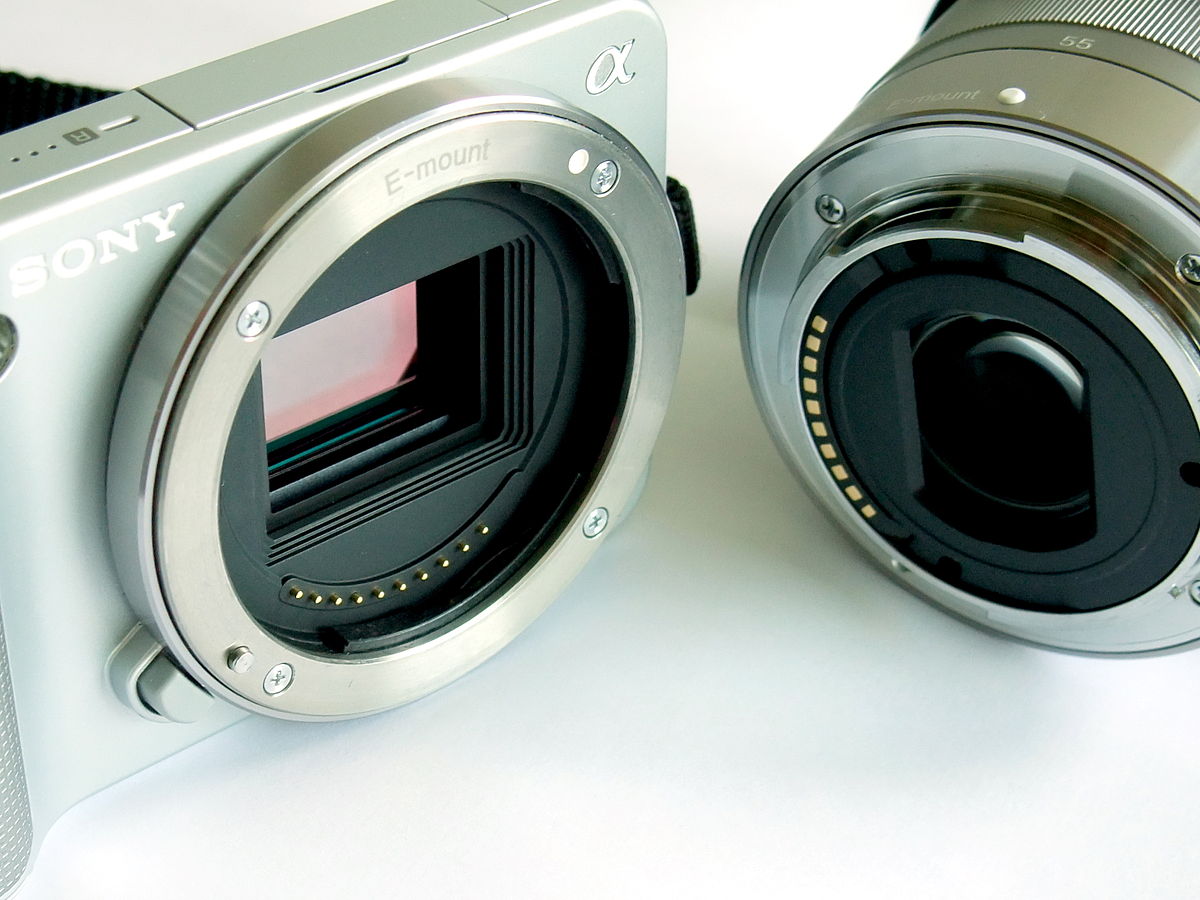
Mount markings
You can find out which lens mount is suitable for the unit mounted in the camera from the technical documentation of the camera. But in order not to miss the mark with this knowledge when choosing optics, you should take a closer look at the designations printed on its frame. Among them you can find the following marking options:
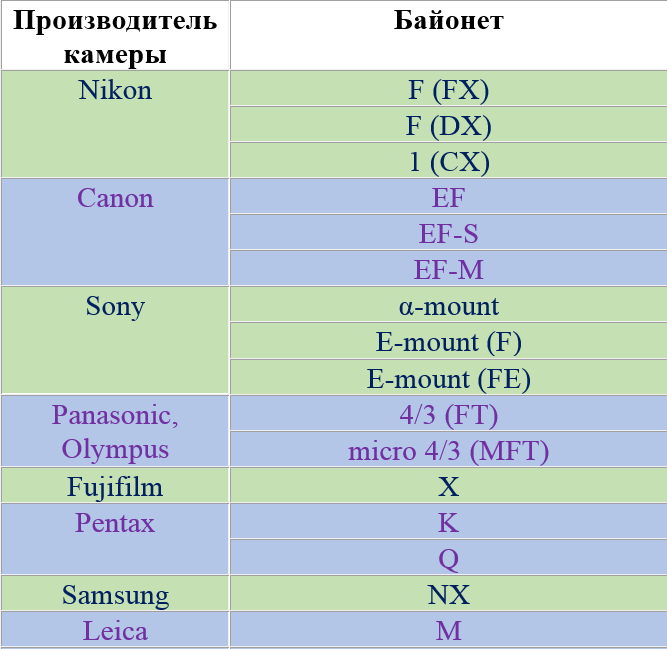
It is important to take into account that a discrepancy between the camera mounting unit and the optics may not appear at the moment of their connection, but after you start working with the camera. That is, the mechanical parts of the mount can be connected as if they were created for each other. But the electrical contacts may not match.
In the same case, when even they coincide, another problem usually appears - the optics are not designed for the same matrix that is built into the camera. And in such a situation, you can only dream of high-quality photographs. The same applies to the “connect via an adapter” solution, which is quite popular among novice photographers.


